Affiliate links on Android Authority may earn us a commission. Learn more.
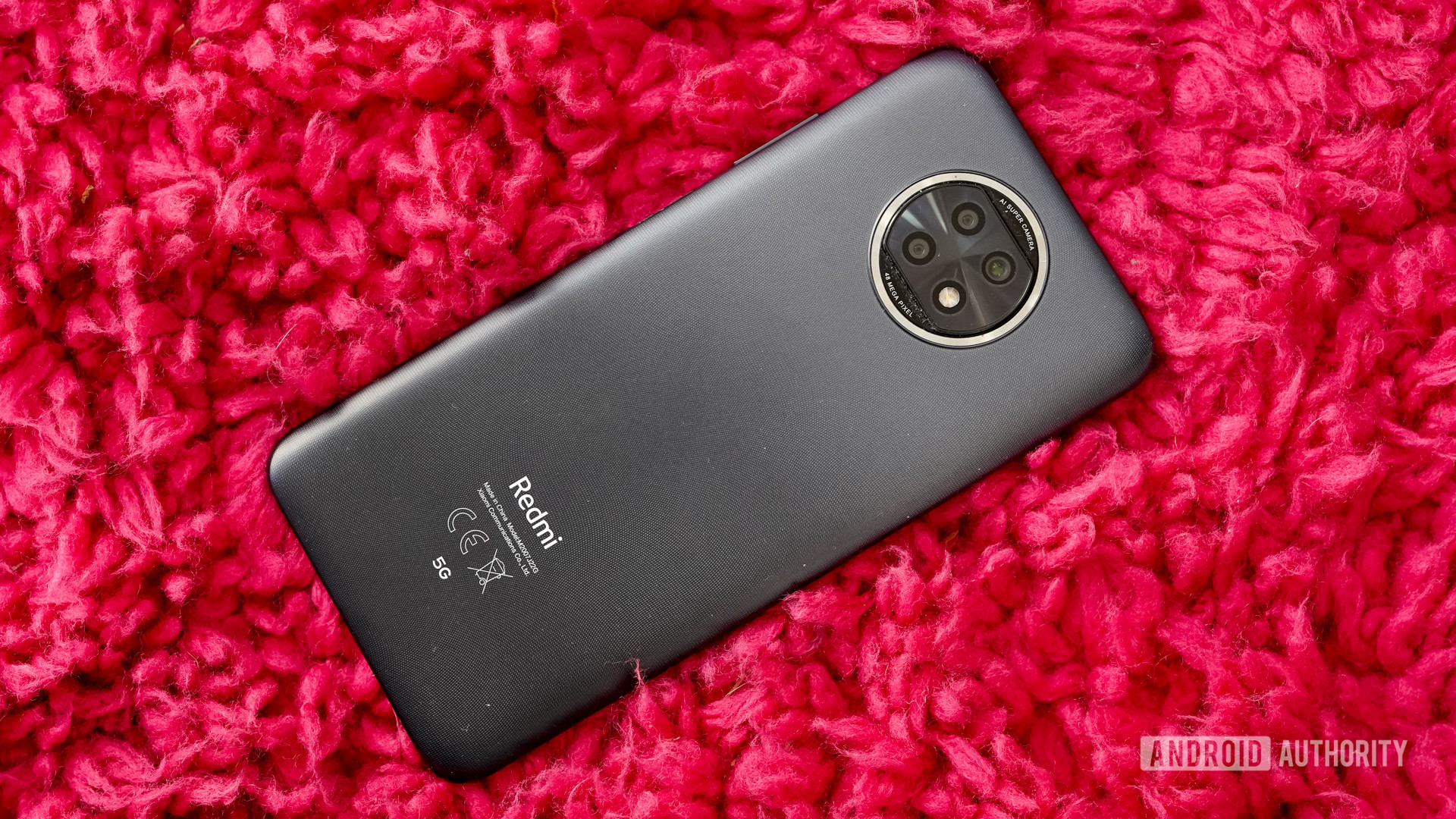
Xiaomi Redmi Note 9T
What we like
What we don't like
Our scores
Xiaomi Redmi Note 9T
The Redmi Note 9T is the latest low-cost Xiaomi phone to reach the market and it packs a double 5G punch. It may be a simple phone, but it covers the right bases in just the right ways.
Find out if this phone is for you in Android Authority‘s Redmi Note 9T review.
What is the Redmi Note 9T?
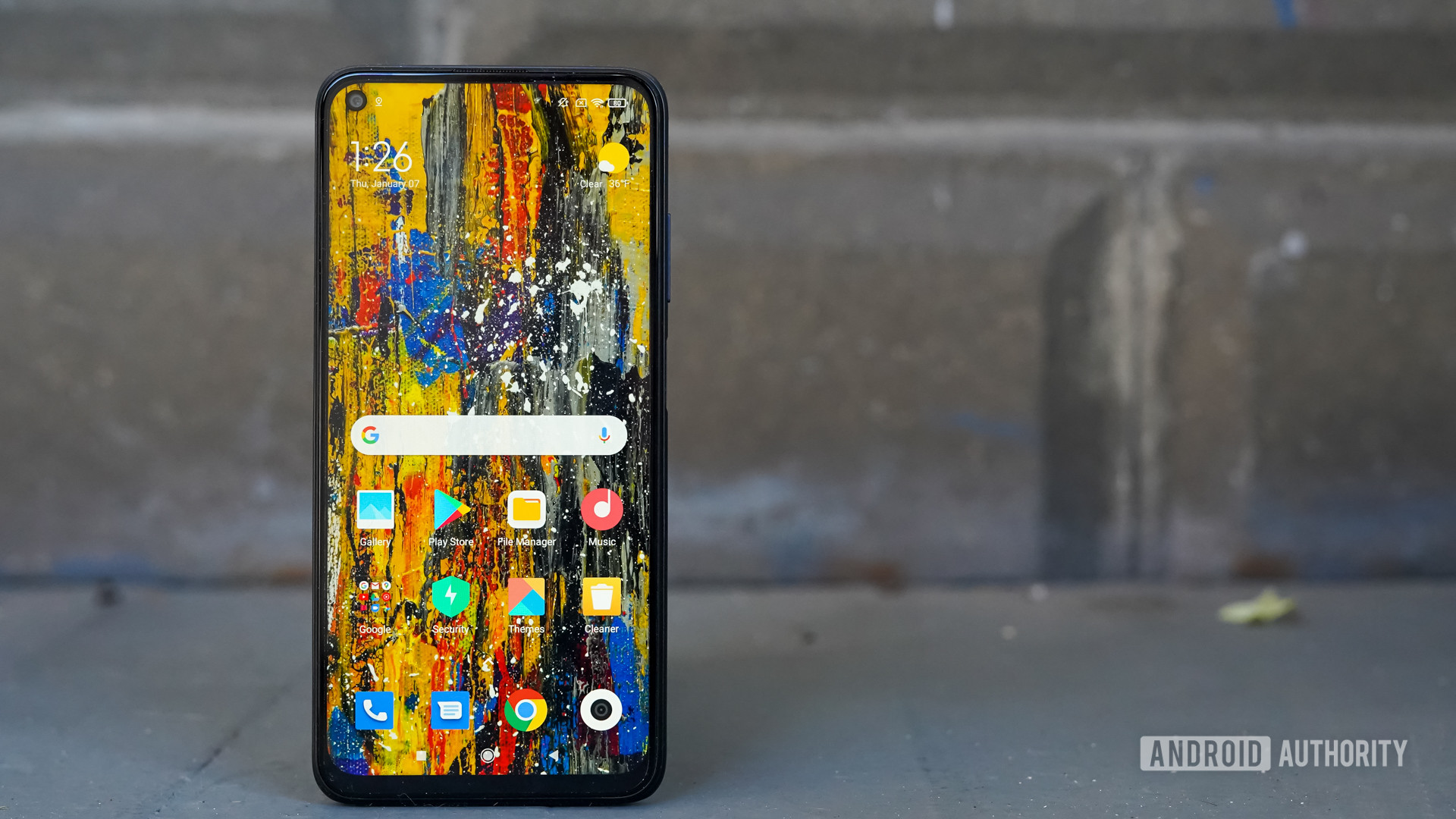
The Redmi Note 9T is an affordable phone released in Europe that packs a capable camera, a nice screen, and a massive battery into a lightweight chassis. With a price point of €229 (~$281), it competes with devices from realme, OnePlus, and other brands with budget offerings. It’s also up against the multi-verse of similarly-named phones from Redmi itself.
See also: The best Xiaomi phones you can buy
Taking a spin around the hardware shows us that Redmi isn’t pushing any boundaries when it comes to design. The face is nearly all display, save for a slight chin at the bottom. What bugs me about the front is that the display glass is set into a plastic sub-frame. This cheapens the overall look of the phone. The frame stands out plainly from the polycarbonate unibody chassis that makes up the rest of the outer shell. The unibody design also means the sides and rear of the phone are a single piece of plastic. It cannot be removed.
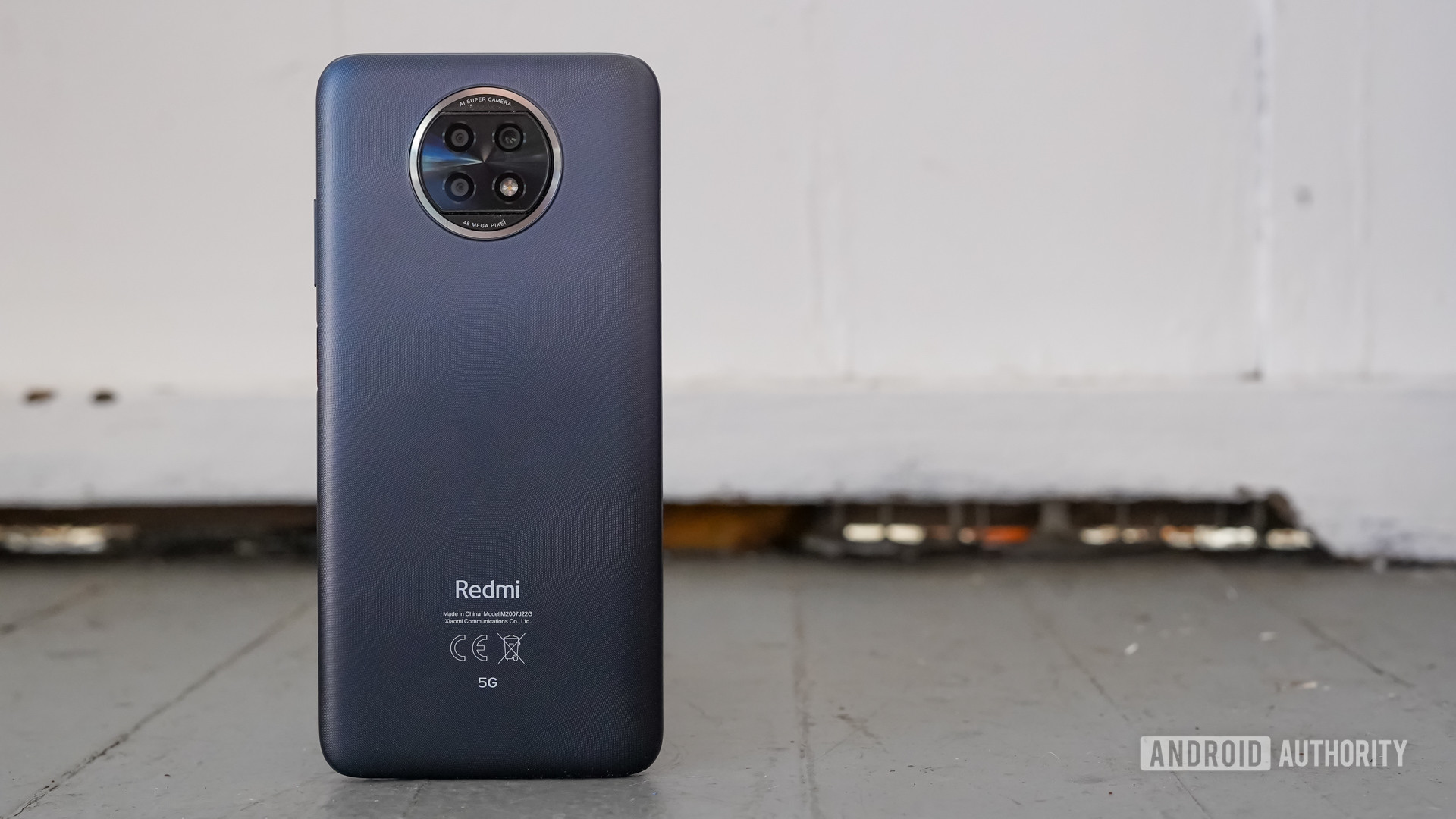
The overall shape of the phone, however, is decent. The sides have a smooth surface and are pleasantly rounded. Xiaomi gave the Redmi Note 9T a mostly flat rear panel, though it narrows a bit as it reaches the side edges. The top and bottom edges of the phone are flattened, but not so much that it can stand on-end. It’s comfortable to stuff into your pocket.
The Redmi Note 9T is a solidly built piece of hardware. Despite the plastic, the phone feels tight and well put together.
It’s a solidly built piece of hardware. Despite the plastic, which has a distinct pattern, it feels tight and well put together. The Redmi Note 9T comes across as robust, though not exactly rugged.
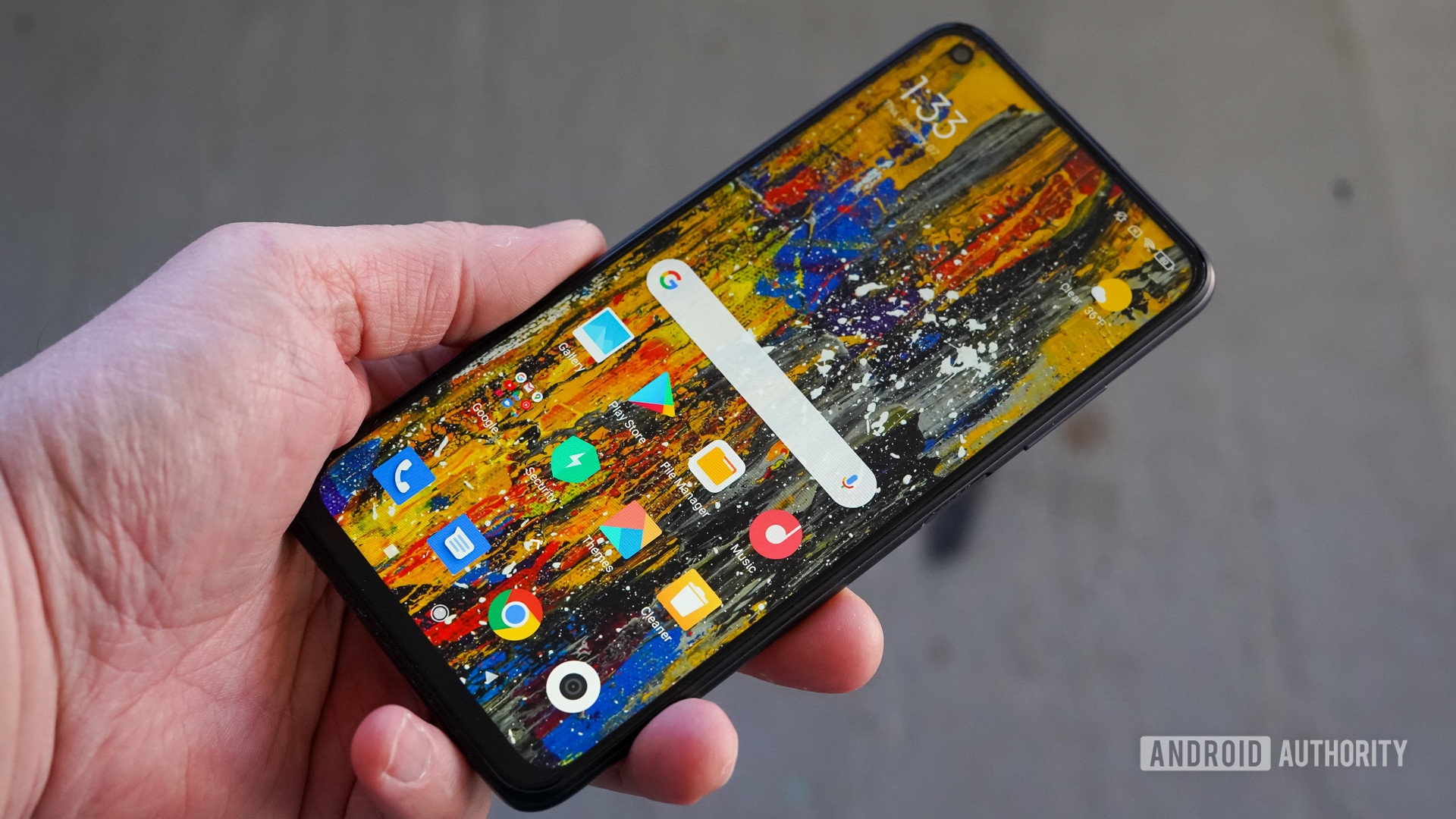
Functionally, the controls are about what you’d expect from a modern phone. You’ll find the volume toggle and power button on the right edge of the phone. The toggle offers snappy feedback. I also like that the power button doubles as a fingerprint reader. It was easy to train and use, and I found it to be very quick. A tray tucked into the left edge accommodates two SIM cards and a microSD card at the same time. On the bottom, you’ll note the USB-C port, 3.5mm headphone jack, and downward-firing speaker.
The camera module is the most distinct element of the design. It is encapsulated in a large circle near the top edge of the phone’s rear. Three lenses and a flash form a quadrangle of circular points. It’s raised slightly and can catch your skin when reaching for it in your pocket.
The Redmi Note 9T comes in Nightfall Black or Daybreak Purple. We have the black colorway, and because it’s more of a steely gray I’d call it appealing. The purple, on the other hand, looks lush.
How’s the screen?
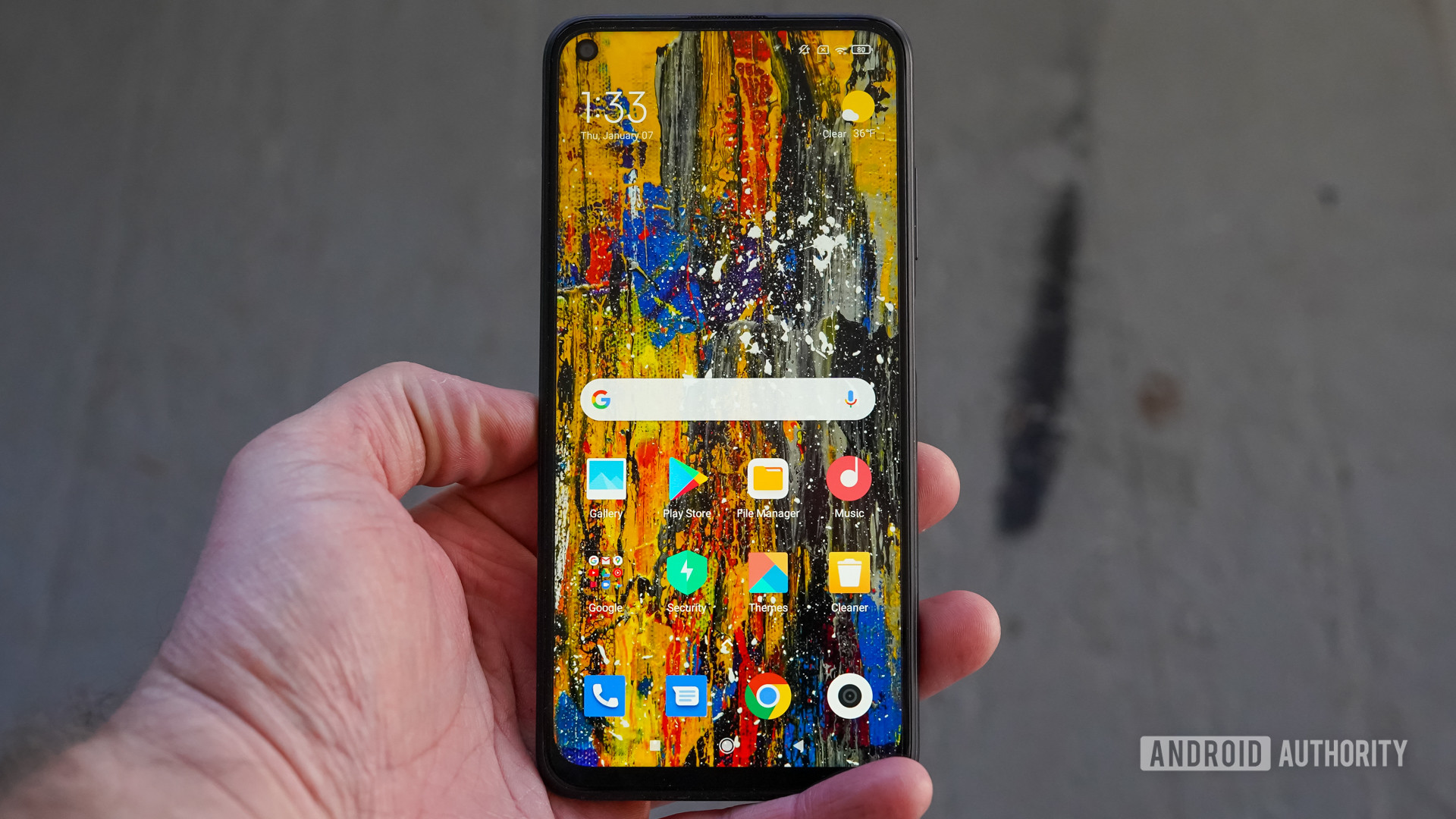
The display measures 6.53-inches across the diagonal. It is a Full HD+ panel with an aspect ratio of 19.5:9 and a 60Hz refresh rate. Xiaomi pegs the brightness at 450nits. A punch hole placed in the upper left corner gives away the location of the selfie camera. As noted, the screen covers the vast majority of the phone’s face except for a sliver along the bottom edge.
Out of the box, the display has a blue tint to my eyes. White background screens, such as the app drawer, have a distinct bluish hue. It’s slight, but it’s there. I noticed this with the phone’s color scheme set to auto, which adjusts the colors based on the current lighting. However, Xiaomi also includes options for saturated and standard. The standard mode introduces more warmth (yellow) to the display. Perhaps more importantly, the phone has a temperature selector that lets you opt between warm, cool, and custom. With these tools, I was able to take control over the screen’s tint and get it to a point I liked. However, most screens don’t (and shouldn’t) require such tweaking.
Viewing angles could be slightly better too. The screen definitely loses some luster when tilted from side to side. You can see the brightness wane almost immediately, at even the slightest angle. It’s not terrible, but there’s definitely room for improvement.
Taken as a whole, the screen is merely okay.
How powerful is the Redmi Note 9T?
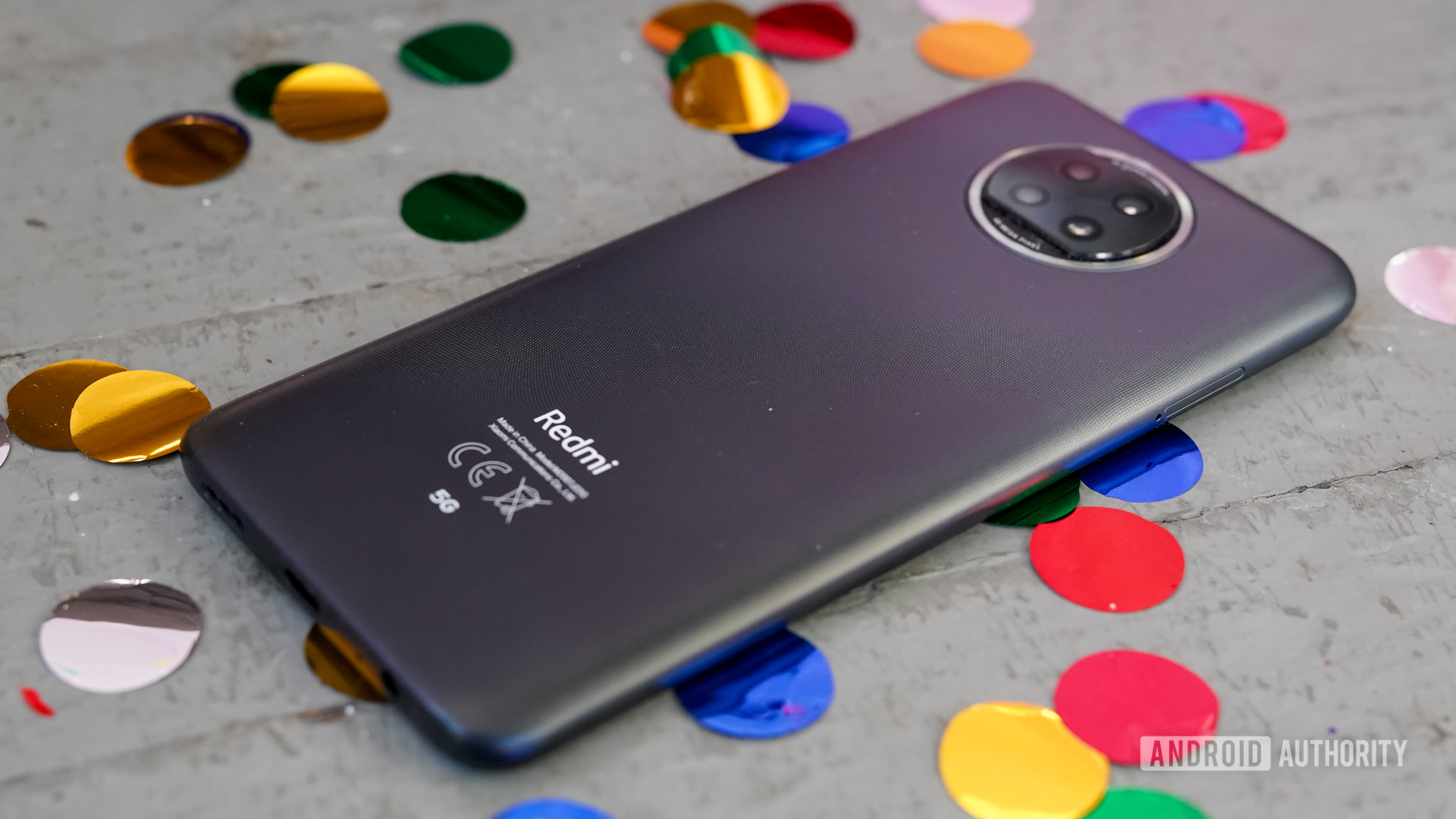
The Redmi Note 9T sports an octa-core MediaTek Dimensity 800U clocked at up to 2.4GHz. This processor relies on a 7nm manufacturing process and is paired with the latest Mali-G57 GPU. There are some interesting differences between the two RAM/storage combos, however. While both versions include 4GB of LPDDR4X RAM, the 64GB model relies on UFS 2.1 storage, and the 128GB model uses UFS 2.2 storage. Xiaomi lent us the 128GB variant, so we have slightly faster storage.
The Dimensity 800U may be one of the stars of the MediaTek stable, but it’s not a barnstorming performer. We ran Geekbench and 3DMark and saw only middling scores for the device. For example, it didn’t beat older Redmi phones, such as the K20 Pro and Note 8 Pro. It didn’t even surpass OnePlus’ 2019 phones, such as the 7T and 7 Pro. Nevertheless, in everyday use the Redmi Note 9T did well enough. It didn’t feel sluggish or slow, and I can’t say I saw any lagging or frame drops. It’s as fast as a phone should be at this price point and dual SIM 5G support is a very welcome bonus.
What about battery life?
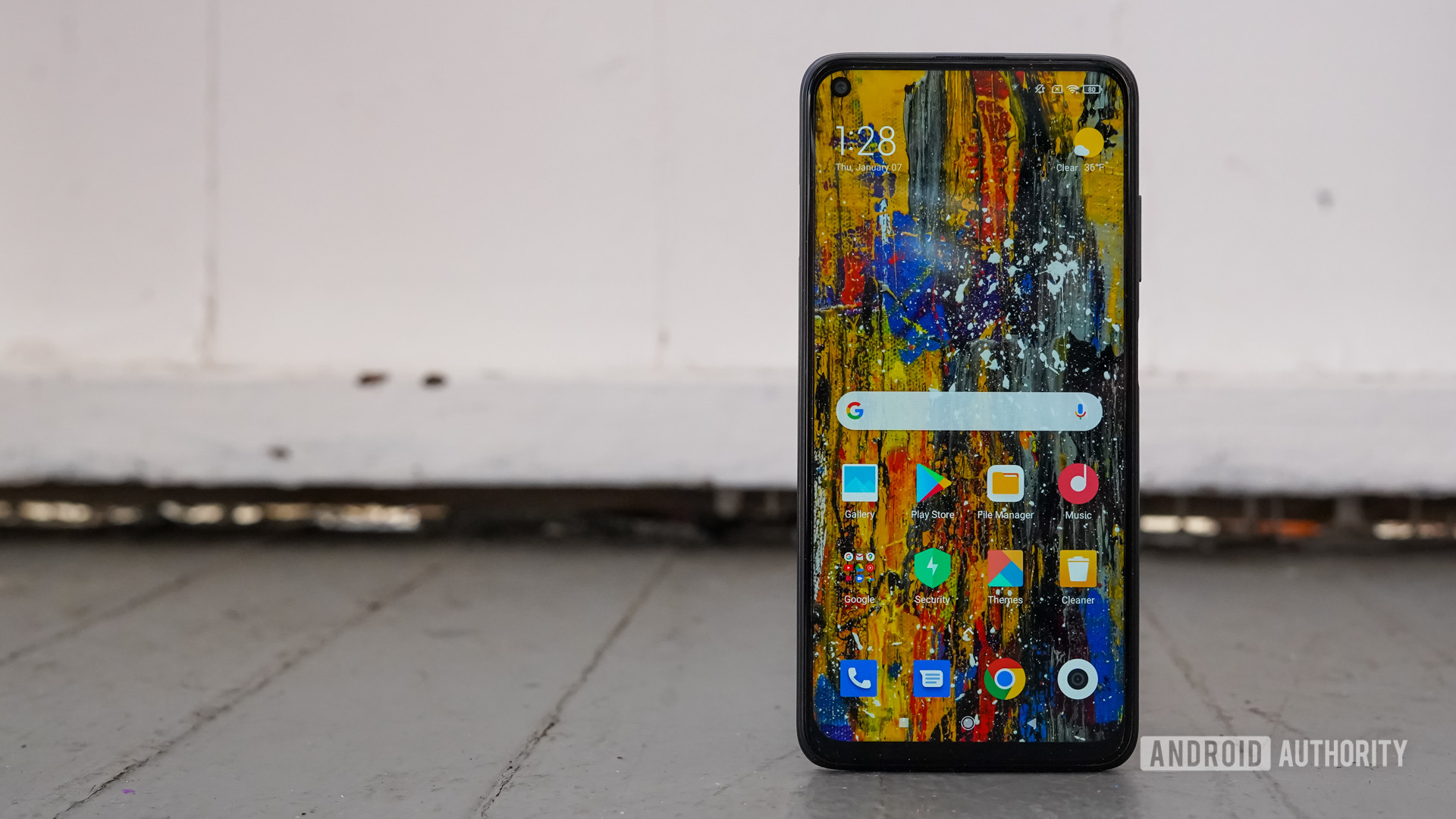
Fortunately, Xiaomi built a winner when it comes to battery life. The phone packs a 5,000mAh battery. Truth be told, I had a hard time killing this battery off. I only had to charge the phone twice in a week-long period. On days that I really pushed the phone, the battery barely drained at all. You can easily score one and a half days of battery life, and sometimes more. More than eight hours of screen-on time was common.
The Redmi Note 9T also supports 18W fast charging (22.5W charger in the box). It took about 1 hour 40 minutes to charge the phone from dead to full. There’s no wireless charging, though you shouldn’t expect it at this price point.
Is the Redmi Note 9T camera any good?
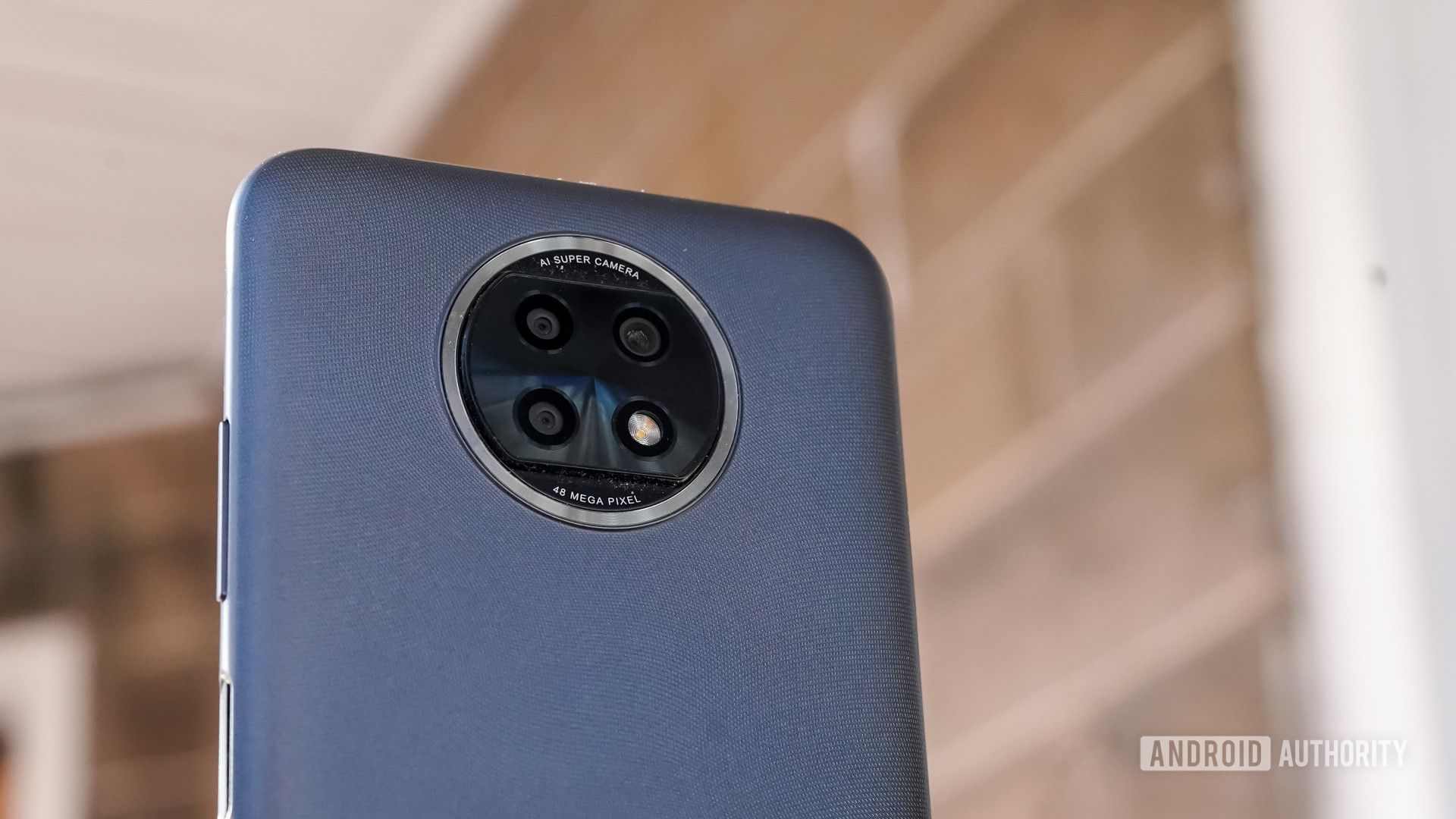
The camera lens arrangement is not the setup I like to see. Where many phones are adopting the wide, standard, and telephoto configuration, low-cost phones continue to confoundingly cram macro lenses into the picture. The Redmi Note 9T has a 48MP main camera with a 1/2-inch sensor. Xiaomi bins the camera down to 12MP at f/1.79 in a six-element lens. This main shooter is joined by a 2MP depth sensor for bokeh shots and a 2MP macro camera for extreme closeups.
Most people should be able to learn how to use the camera application quickly enough. It’s a fairly standard app. For example, a strip of tools lines the left edge of the screen with quick toggles for the flash, HDR, and such. The shutter button is on the right side, as is the mode picker. There are several modes available from the main screen, including portrait, video, and pro. You can tap an icon to access additional modes, such as full 48MP resolution, panorama, slow-motion, time-lapse, and more. The camera app felt fast. I was worried it might get bogged down, but it never did.
Images are acceptable but not exceptional. My biggest complaint is grain, which is visible even on well-lit shots. The grain isn’t hit-you-in-the-face bad, but it is noticeable when you look closely. On the other hand, facets such as exposure and white balance were generally good. Colors come across as a bit dull, however. In other words, pictures are fine but not great.
The Redmi Note 9T can capture video up to 4K at 30fps. The footage I took turned out pretty good. While the grain issue was similar to the photos, the color looked a touch better in the video than it did in the still images.
A 13MP selfie camera graces the front of the phone. It has a five-element lens at f/2.25. As far as front shooters go, it’s decent. It tended to blow out bright backgrounds, such as windows or lights, and selfies were as grainy as the regular photos. That said, you’ll still be able to take shots you won’t be ashamed to share across social media.
What I like about the Redmi Note 9T
- Battery life. It easily runs 1.5 days with eight-plus hours of screen-on time. What’s not to like?
- Design. It’s a decent looking phone. The unibody chassis works well and has a cool texture that gives it some grip.
- SIM tray. It’s really rare to see such a versatile SIM tray. It accommodates a microSD memory card as well as two 5G SIM cards. The phone can roam between competing 5G signals and find the best one. That’s a unique feature.
- Headphone jack. Why is it that budget phones are the only ones left to include this user-friendly feature?
- Side-mounted fingerprint reader. It may be a bit of a compromise, but the fingerprint reader on the right edge works really well. You can’t expect to see face ID at this price point, and the side-mounted reader means the rear of the phone is kept clean.
What I don’t like
- Display. It didn’t bowl me over. The blueish tint forced me to spend more time tweaking it than should be necessary. Less discerning eyes may be okay with it.
- Camera. The arrangement of lenses doesn’t make a lot of sense and the pictures are merely so-so. There are much better camera phones out there at this price.
- MIUI 12. It’s just not for me. I’d like to see cleaner, simpler software that isn’t so heavy-handed with the icons and screen arrangements.
Specs
| Xiaomi Redmi Note 9T | |
|---|---|
Display | 6.53-inch FHD+ DotDisplay, 19.5:9 aspect ratio -Color gamut: NTSC 84% (typ) Brightness: 450 nits (typ) TÜV Rheinland Low Blue Light certification Corning® Gorilla® Glass 5 front |
Processor | MediaTek Dimensity 800U Octa-core CPU, up to 2.4GHz 7nm manufacturing process New-generation Mali-G57 GPU |
RAM | 4GB LPDDRX4 |
Storage | 64GB UFS 2.1 128GB UFS 2.2 |
Camera | Rear: 48MP main camera 1/2” sensor size, 1.6μm 4-in-1 Super Pixel -f/1.79, 6P lens, AF 2MP depth sensor -1.75μm pixel size, f/2.4 2MP macro camera -1.75μm pixel size, f/2.4 LED flash Front: 13MP in-display front camera 1.12μm pixel size, f/2.25, 5P lens Video: 4K @ 30fps 1080p @ 60fps 1080p @ 60fps 720p @ 30fps |
Battery | 5,000mAh (typ) high charge cycle battery 18W fast charge 22.5W charger in box |
Dimensions | 161.96mm × 77.25mm × 9.05mm |
Weight | 199g |
Colors | Nightfall Black, Daybreak Purple |
Redmi Note 9T review: The verdict
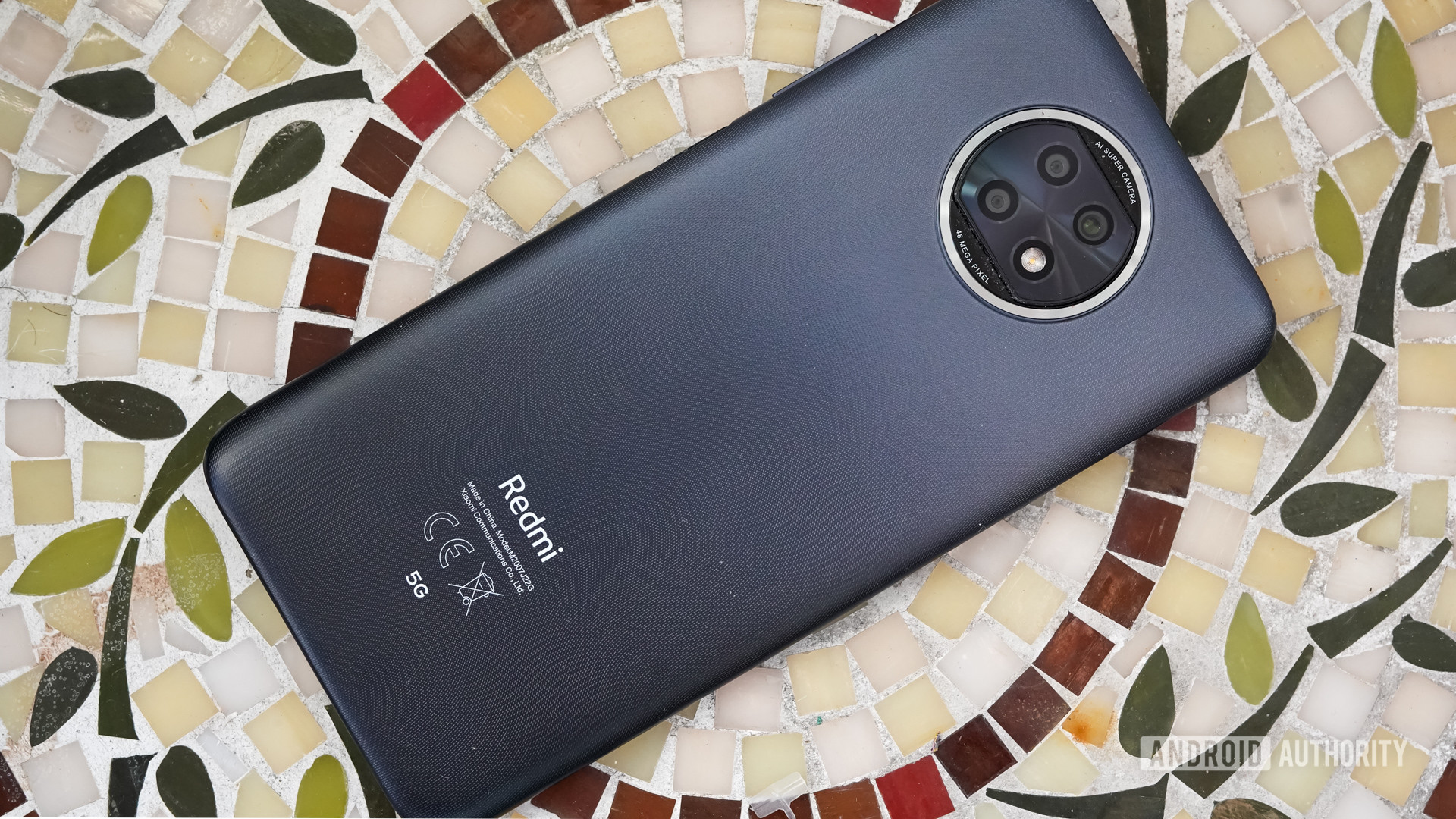
- Xiaomi Redmi Note 9T: 64GB — €229 (~$281)
- Xiaomi Redmi Note 9T: 128GB — €269 (~$330)
The company did a commendable job putting together a fine piece of hardware for the price. The Redmi Note 9T has a pleasing design, functional hardware elements, and just about the best battery life we’ve seen in this segment. However, the screen comes across as a bit dull, the camera is forgettable, and Xiaomi’s MIUI 12 is not for everyone.
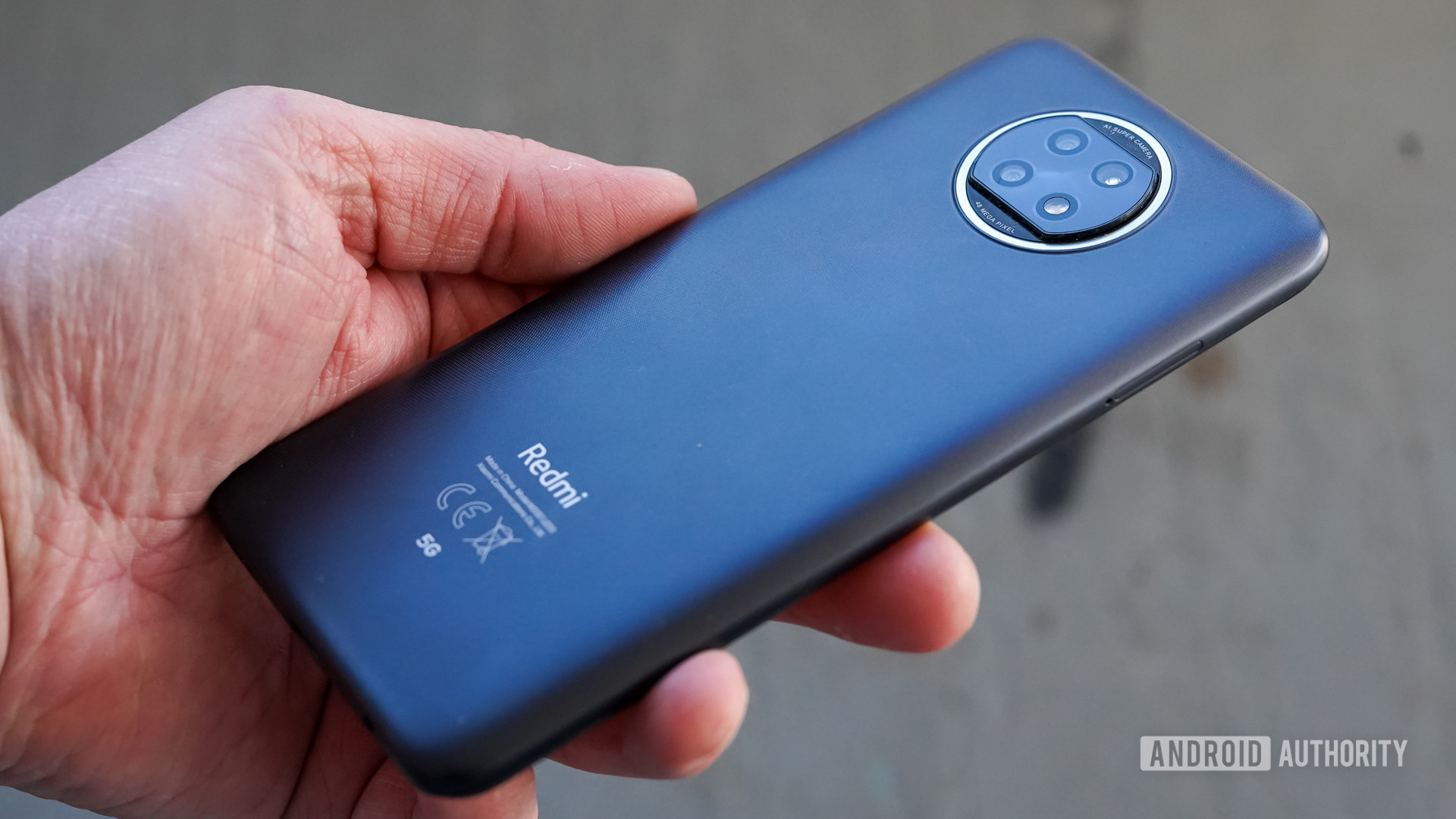
If you’re in the market for a low-cost 5G phone, the best alternatives anywhere close to this price point are the realme 7 5G, Samsung Galaxy A42 5G, and the OnePlus Nord N10. If you don’t mind paying a touch more and can live without 5G, the Google Pixel 4a is a much better phone all-round. The 5G-supported OnePlus Nord is another great option if you can stretch your budget too.
No matter how you cut it, the Xiaomi Redmi Note 9T is one of the cheapest 5G phones to be made available in Europe. Does that make it the best buy for everyone? No. But if you’re able to compromise just a bit on the screen and camera, it’s a solid offering.